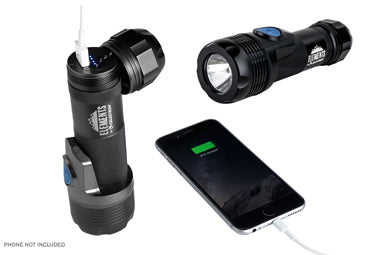A Bird in the Hand: A Fall Bird Survey with the OSU Bird Nerds
October 16, 2013
This article comes to us from Michael Brawner of the Oregon State University Bird Nerds. The Bird Nerds organize weekly or monthly birding trips to view bird species in the Pacific Northwest. Celestron was delighted to provide the Bird Nerds with Celestron sport optics to expand their outreach efforts. We look forward to reading more about their activities!
Fall is upon us here in the Pacific Northwest. The weather is cooling, the leaves are falling, and bright oranges, yellows, and reds speckle the evergreen landscape. The rain is coming, but it’s not here yet. This time of year marks a changing of the guard in the Willamette Valley. The birds that we’ve come to know and love over the summer are leaving us for more hospitable environs. Long gone is the Swainson’s Thrush, that harbinger of summer, along with the other woodland birds that delighted us with song. The Swallows, Turkey Vultures, and Osprey that patrolled the summer skies too have turned their wings southward. Others, like the Vaux’s Swift, stop briefly along their southerly route to dazzle us with aerial displays, but quickly move on.
Now a hardier bunch moves in. Cold weather migrants from the Northern latitudes descend on the Willamette Valley. Large flocks of Canada Geese, hundreds strong, can be heard honking overhead. Waterfowl fattened on summer’s bounty come in search of an unfrozen patch of water. Rough-legged Hawks and Bald Eagles now circle high above as the Northern Harriers work the fields from lower altitudes; it is a dangerous time to be a rodent. New songbirds also take up residence here for the coming winter. Ruby-crowned Kinglets and Townsend’s Warblers flit about in the thinning canopy while Golden-crowned and White-throated Sparrows skulk in the edges below. These are exciting times for the Bird Nerds among us, a chance to glimpse something new or rare, or maybe just to see an old favorite. These changes also mean something else for the Bird Nerds though: time to hit the books.
Yes, that’s right. The school bell has rung, and we are once again immersed in a frenzy of learning. It’s not all term papers and text books, however. Fall term is a time for reconnecting with old friends and making new ones. This fall marks the start of the second year for the Bird Nerds at Oregon State. Our first year as a student group was a decided success, culminating in our trip to the Cascades Raptor Center (see ShyAnne Woods’ previous post). This year looks to be every bit as successful as the last with lots of exciting projects on the horizon. We will be reconnecting with the East Cascades Audubon Society starting in November for the annual Winter Raptor Survey. Several of the Bird Nerds were able to participate in this project last year and we have been invited back to join the count again. Other members from our group are involved in the Oregon 2020 project, a wide-reaching effort to document species abundance and distribution in the state (http://oregon2020.com). We are also planning and raising funds for a pelagic trip in December to see some of what offshore Oregon has to offer. Laysan Albatross perhaps? So far this year we’ve already had some great outings with our close friends at the Audubon Society of Corvallis and our new ones at Greenbelt Land Trust. One of the most anticipated events thus far has surely been the mist netting workshop though.
The student chapters of the American Fisheries Society and The Wildlife Society at Oregon State University and the Oregon Chapter of The Wildlife Society held a songbird mist netting workshop recently. This weekend-long workshop consisted of a day in the classroom familiarizing everyone with the terminology, techniques, and information needed to capture and age the birds, and a day in the field doing just that. Mist nets are incredibly lightweight nylon netting used to capture birds of all sizes. A good mist net, when stretched taught, forms four or five horizontal panels where the bottom of one panel hangs loosely below the top of the panel underneath. This creates a pocket that holds the bird safely in the net until someone can retrieve it. Out of the five mist nets that the group set up, 31 birds were caught; mostly Dark-eyed Juncos and Black-capped Chickadees, but a few unwitting Stellar’s Jays and Red-breasted Nuthatches found themselves tangled in the nets, much to the delight of some. This gave everyone attending the workshop a chance to practice taking a bird from the net. Once in hand, the birds had to be aged and banded.

All this information goes into a national database at the Bird Banding Laboratory in Patuxent, MD. Ornithologists use this information to gain a better understanding of the life histories of birds which can lead to more efficient management programs. Workshops like these are a great opportunity for aspiring ornithologists to gain some of the skills required for many of the jobs within this field. We are fortunate to have such an active birding community in the area, and special thanks goes to Roberta Swift and Tyler McFadden for coordinating the event, and to all the knowledgeable and patient instructors for their time and expertise.


The change in seasons brings new opportunities for birds and Bird Nerds alike. It is a time for shifting gears and branching out. With the start of a new academic year, the Bird Nerds are gearing up for what looks to be many new exciting adventures. Check back in with us from time to time to find out what’s new.
-Michael Brawner
Undergraduate in Zoology, Oregon State University


























